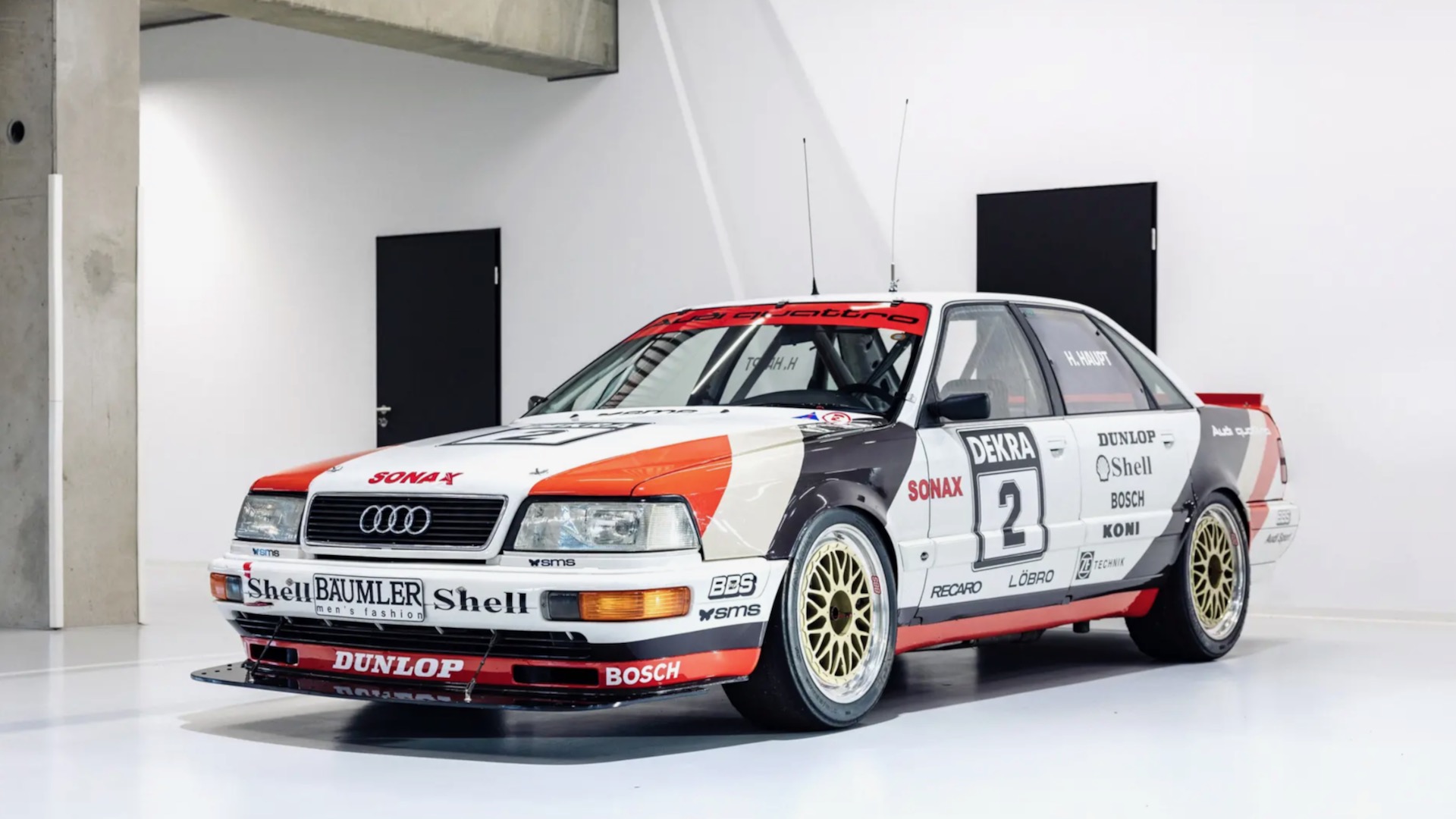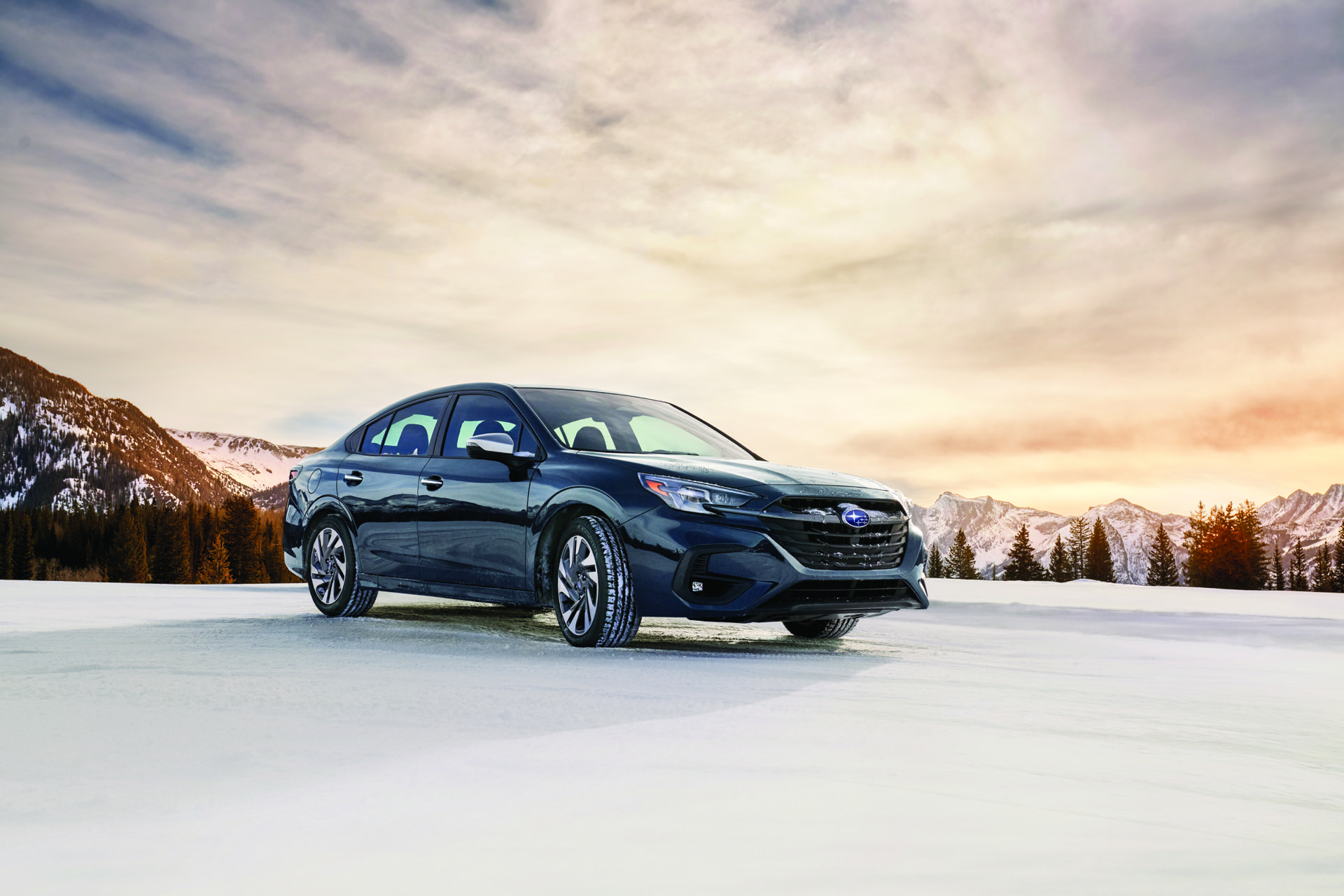The 2025 Hyundai Tucson is a five-seat compact crossover with gas, hybrid, and plug-in hybrid options. It competes with other bestsellers such as the Toyota RAV4, Honda CR-V, and Chevy Equinox.
Like the related Hyundai Santa Cruz small pickup truck, small changes to the Tucson should add up to significant improvements in its everyday usability. The slab of a center screen with all touch controls has been replaced by a new interface with tactile dials and buttons, and subtle tweaks to the style and powertrain options should help the 2025 model improve on last year’s TCC Rating of 6.7 out of 10. (Read more about how we rate cars.)
Hyundai refreshed its bestselling Tucson with a streamlined front end, a more user-friendly interface, and more standard convenience features, including wireless smartphone compatibility across the lineup.
The distinctive daytime running lights cascading through the ends of the grille now have fewer lights but each of the eight lights are larger. Size and presence is what designers were going for, with a broader and taller front fascia as well as a raised rear bumper that imitates a skid plate. A larger rear windshield wiper brushes off the elements above the Tucson’s sawtooth rear light signature that’s as distinctive as the front.
The interior marks the most significant and welcome update. The smudge-catching slab of a touch surface that incorporated both climate and infotainment functions has been replaced by sleeker, simpler interfaces and a cleaner dashboard design. A panel of menu buttons flanked by volume and tuning knobs complements a climate control interface with proper dials instead of haptic nuisances. A thin band of vents stretches across the center dash from end to end, giving way to a shelf on the passenger side above the glove box. Toward the driver’s side, twin 12.3-inch screens, one for gauges and a touchscreen for infotainment, curve toward the driver. USB ports sit at the bottom of the stack, close to the available wireless charging pad. All but the base model has a two-tiered storage console, similar to some of the brand’s electric models, thanks to the gear lever migrating back to the steering wheel column. This EV marriage of controls adds up to a cleaner, more open front cabin.
That gear lever taps into three powertrain options. The 1.6-liter turbo-4 has been retired, but the base 187-hp 2.5-liter inline-4 carries over with an 8-speed automatic transmission. It comes with front-wheel drive but can be optioned with all-wheel drive.
All-wheel drive is standard on the hybrid and plug-in hybrid, which use a 1.6-liter turbo-4. The hybrid gets a larger 48-kw motor (it was 44.2 kw) energized by a 1.49-kwh lithium ion battery pack; with the turbo-4, the hybrid system makes 231 hp and 258 lb-ft of torque and it uses a 6-speed automatic transmission.
The plug-in hybrid has a larger 72-kw motor as well (formerly 67 kw) that powers the rear wheels, and with the turbo-4 it makes 268 hp and 258 lb-ft. It remains to be seen if the larger motor will eat into the 33 miles of electric range that had been made from the same 13.8-kwh battery pack in the outgoing model, or whether it will allow the system to regain more energy from braking.
The EPA hasn’t certified the 2025 Tucson, but the outgoing hybrid got up to 38 mpg while the PHEV had an equivalent of 80 mpg, or 35 mpg with a depleted battery pack.
The extra gear for the hybrids doesn’t eat into passenger and cargo space, which remains the same this year. With nearly 40 cubic feet of cargo space with the rear seats down, and roomy enough for four adults in comfort (sure, three kids can fit fine in back), the Tucson is nearly as spacious as the largest in the class such as the VW Tiguan and Honda CR-V.
The 2025 Tucson will likely carry over with high safety ratings, including five stars from the NHTSA and a Top Safety Pick from the IIHS. Hyundai equips the Tucson with automatic emergency braking, active lane control, blind-spot monitors, adaptive cruise control, automatic high beam headlights, and a driver attention monitor. That amounts to a good standard safety package.
How much does the 2025 Hyundai Tucson cost?
Hyundai sells the 2025 Tucson in 2.5L, Hybrid, Hybrid N Line, Plug-in Hybrid, and XRT models. Pricing will be announced closer to the summer on-sale date, but expect the base model to start at around $30,000, with the plug-in topping $45,000.
Standard features include the large twin screens, wireless Apple CarPlay and Android Auto, USB-C ports for front and rear passengers, keyless entry and push-button start, as well as a satellite radio trial.
Where is the 2025 Hyundai Tucson made?
Gas versions of the 2025 Tucson are made in Alabama, while hybrid versions are shipped in from South Korea.



